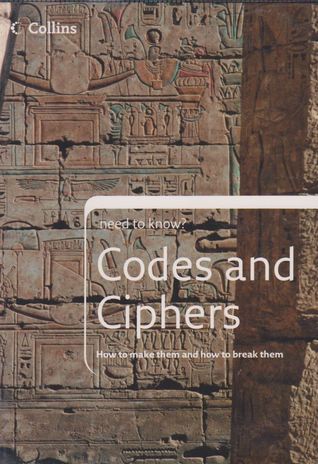What do you think?
Rate this book


191 pages, Paperback
First published February 1, 2006
yo = 'yo', an alternative to 'Hi'.
Keyboard or handset characters are also used to create pictorial messages such as these ones (try tilting your head if you don't see how it works):
0:-) = angel :-! = bored %-) = confused